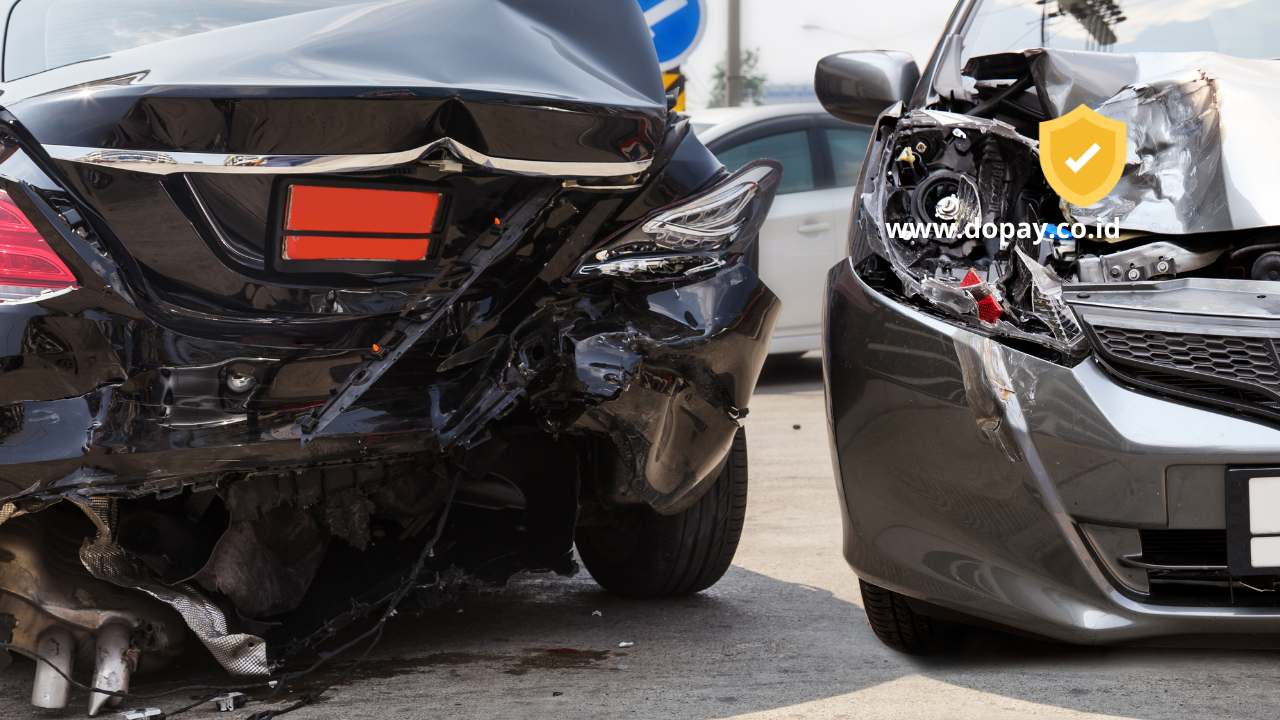Car insurance requirements can be confusing, especially in the United States, where each state has its own set of rules and regulations. Understanding these differences is crucial, whether you’re relocating, planning a road trip, or simply trying to select the right coverage for your vehicle. This guide explores the variations in car insurance requirements across different states, providing insights on mandatory coverages, optional protections, and why these differences matter.
1. Mandatory Coverage Differences Across States
In the United States, car insurance is regulated at the state level, which means that each state has its own laws governing what types of coverage drivers must carry. Here are the primary types of mandatory coverage and how they differ by state:
a. Liability Insurance
Liability insurance is the most common type of required coverage in the U.S. and covers bodily injury and property damage that you cause to others in an accident. However, the minimum required liability limits vary significantly from state to state. For example:
- California: Requires $15,000 per person and $30,000 per accident for bodily injury, along with $5,000 for property damage.
- Texas: Requires $30,000 per person, $60,000 per accident for bodily injury, and $25,000 for property damage.
- Maine: Has one of the highest minimum requirements, with $50,000 per person and $100,000 per accident for bodily injury, plus $25,000 for property damage.
These variations mean that a policy that meets the legal requirements in one state may not be sufficient if you move to or frequently drive in another state.
b. Personal Injury Protection (PIP) and Medical Payments (MedPay)
Some states require additional medical-related coverages like Personal Injury Protection (PIP) or Medical Payments (MedPay).
- No-Fault States: In no-fault states like Florida and New York, drivers are required to carry PIP coverage, which pays for medical expenses regardless of who is at fault in an accident.
- Optional in Other States: In states like Virginia or South Carolina, PIP is optional, and drivers can choose to add it if they want additional medical coverage.
- MedPay Requirements: States like Maine require MedPay as part of the minimum car insurance coverage, while in most other states, it’s optional.
c. Uninsured/Underinsured Motorist Coverage
Uninsured/Underinsured Motorist (UM/UIM) coverage is required in some states to protect you if you’re hit by a driver without insurance or with insufficient coverage.
- Connecticut and Maryland require UM/UIM coverage to match the limits of your liability coverage.
- California and Arizona offer this coverage as optional, allowing drivers to decide whether or not they want the added protection.
2. Optional Coverage and State-Specific Recommendations
Beyond mandatory coverage, there are several types of optional coverage that drivers can choose based on their specific needs and the state they live in. Some optional coverages are more popular in certain states due to regional considerations.
a. Collision and Comprehensive Coverage
Collision and comprehensive coverage are both optional in every state but are highly recommended, especially for newer vehicles. These coverages pay for damages to your car due to collisions, theft, vandalism, or natural disasters.
- Hurricane-Prone States: In states like Florida and Louisiana, comprehensive coverage is highly recommended due to the risk of hurricanes and flooding.
- Snow States: In states like Colorado and Michigan, comprehensive coverage is also beneficial to protect against winter storm damage.
b. Gap Insurance
Gap insurance covers the difference between the value of your car and the amount you owe on a car loan if your vehicle is totaled.
- Recommended in Leasing States: Gap insurance is highly recommended in states like New Jersey and New York, where many drivers lease vehicles rather than buy them outright.
3. No-Fault vs. At-Fault States
A major difference in car insurance coverage requirements lies in whether a state follows a no-fault or at-fault system.
- No-Fault States: In Florida, Michigan, and New York, no-fault laws require drivers to carry PIP coverage, and each driver’s insurance pays for their own injuries, regardless of fault. These states have strict PIP requirements to ensure quick payment of medical bills and lost wages.
- At-Fault States: In at-fault states like Texas and California, the driver who is at fault for an accident is responsible for paying for damages and injuries. This means that liability coverage is key, as claims are made against the at-fault driver’s insurance.
4. State Penalties for Lack of Insurance
Each state also has different penalties for driving without insurance, which may include fines, suspension of your driver’s license, or even jail time.
- Florida: In Florida, driving without insurance can result in license suspension and a reinstatement fee of up to $500.
- California: In California, first-time offenders may face fines ranging from $100 to $200, with additional penalties for subsequent offenses.
- Michigan: In Michigan, driving without insurance can lead to fines of up to $500, license suspension, and even vehicle impoundment.
5. Regional Factors Affecting Car Insurance Costs
Different states also have unique regional factors that affect car insurance costs and the types of coverage you might need.
- Population Density: States like New Jersey and Massachusetts have higher premiums due to their dense populations, which lead to more accidents and higher claims.
- Weather Conditions: States with severe weather, such as Texas (hailstorms) or Florida (hurricanes), often have higher premiums because of the increased risk of vehicle damage.
- State Regulations: States like California impose rate regulations that limit how much insurance companies can charge based on factors such as gender or credit score.
6. Tips for Choosing Car Insurance Based on Your State
- Check Minimum Coverage Requirements: Always verify your state’s minimum requirements, especially if you’re moving to a new state. Each state has its own requirements that must be met to legally drive.
- Consider State-Specific Risks: Evaluate the unique risks associated with your state. For example, if you live in a flood-prone area, consider adding comprehensive coverage.
- Compare Rates Across State Lines: If you live near a state border, compare car insurance rates from both states. Premiums can vary greatly, and you may be able to save money by registering your vehicle in a neighboring state (if legal and applicable).
7. Understanding SR-22 Requirements
Some states require an SR-22 form as proof of insurance for drivers who have committed serious violations, such as DUI or driving without insurance.
- California, Texas, and Florida require SR-22 for high-risk drivers, which often results in higher insurance premiums.
- New York does not require SR-22, but drivers may still face high-risk insurance rates due to violations.
8. How Moving Affects Your Car Insurance
If you’re moving from one state to another, you must update your car insurance to meet the new state’s requirements. Each state has different deadlines for updating your registration and insurance, typically within 30 to 90 days.
- State-Specific Grace Periods: For example, Texas allows 30 days to register and update your insurance after moving, whereas California requires it within 20 days.
FAQ About Car Insurance Coverage Across U.S. States
1. What is the minimum car insurance coverage required in the U.S.?
The minimum car insurance coverage varies by state, but most states require liability coverage for bodily injury and property damage. Some states also require additional coverages like PIP or uninsured motorist coverage.
2. How does no-fault insurance work?
In no-fault states, each driver’s insurance pays for their own medical expenses, regardless of who is at fault for the accident. This is typically done through Personal Injury Protection (PIP) coverage.
3. Can I use my car insurance from one state if I move to another?
If you move to another state, you will need to update your car insurance to comply with that state’s requirements. The coverage limits and types of required insurance may differ.
4. Is uninsured motorist coverage mandatory?
Uninsured motorist coverage is mandatory in some states like Connecticut and Maryland, but optional in others like California. It’s designed to protect you if you’re hit by an uninsured driver.
5. What happens if I drive without insurance?
Penalties for driving without insurance vary by state and may include fines, license suspension, and even jail time. The severity of the penalty depends on the state and whether it’s a repeat offense.
6. How can I reduce my car insurance premiums?
You can reduce car insurance premiums by maintaining a clean driving record, increasing your deductible, bundling policies, and asking for discounts. Additionally, where you live can significantly impact your rates due to state regulations and regional risk factors.
7. What is SR-22, and do I need it?
SR-22 is a form that serves as proof of insurance for high-risk drivers. It’s required in some states after serious traffic violations, such as DUI. Not all states require SR-22, but if your state does, you’ll need it to maintain your driving privileges.
8. Are there differences in car insurance costs between states?
Yes, car insurance costs vary widely between states due to factors such as population density, accident rates, weather risks, and state regulations. States like Michigan and Florida tend to have higher premiums, while Maine and Idaho often have lower rates.
Conclusion
Understanding the differences in car insurance coverage requirements across U.S. states is essential for ensuring you have adequate protection and remain compliant with state laws. Whether you’re moving, traveling, or simply reassessing your coverage, knowing your state’s unique insurance rules can help you make informed decisions that suit your needs. Always verify your state’s specific requirements and consider optional coverages that address the unique risks you may face. With the right information, you can make sure you’re fully protected wherever the road takes you.



